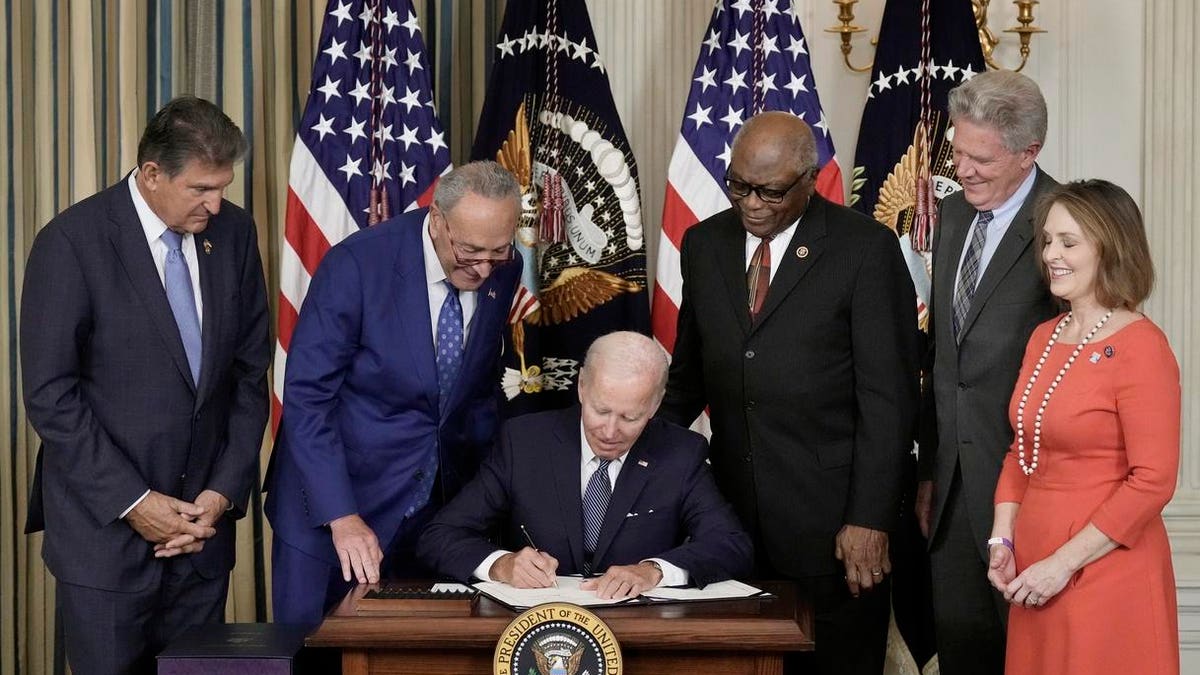The Inflation Reduction Act (IRA) includes numerous credits and deductions, many related to actions that help reduce emissions. A recent study by SunPower showed that over 250 million Americans still don’t know about these clean energy incentives and tax credits available to them through the IRA. The breakdown of how people don’t know is interesting. Sixty-one million simply don’t think they are eligible and don’t research further. One hundred thirty million Americans don’t know the IRA contains clean energy benefits. Fifty-eight million have simply never heard of the IRA. This is a tragedy as the study shows that those that are aware of it are 2x more likely to think they can afford solar today.
The lack of knowledge about government programs meant for people always makes one wary that these programs are announced so that politicians can celebrate them first, and for people to use them as a potential secondary benefit after. For any program to be successful, a key measure should be whether individuals are aware of it, can understand it, and access it. Without those steps, programs may as well not exist. How programs should be disseminated is a different conversation though and I’m sympathetic that these things take time.
Desire, or hopefully just awareness described above, continues to hold citizens back from positive climate decisions. Two of the big actions you see individuals take globally to lower their footprint are to purchase an EV or install solar. Global EV sales increased by 25% year over year. Where we see the most adoption, as a percent of total car sales, is in China and this is good and bad. Great to see the adoption but unfortunate for emissions, given their power burn from coal is materially higher. Until a meaningful change in coal capacity occurs in China, it’s simply shifting emissions from the tailpipe to power plants. Some of these same arguments are present in the US based on grids in certain states. Solar by comparison has done everything right but has yet to see the adoption you’d expect. A good number from the SunPower report shows this dichotomy: 88% of Americans would consider the switch to solar, but less than 5 million homes use solar today.
At a time when wind power is struggling with approval, manufacturing, and reliability challenges, solar power is still delivering everything it promised. Costs have done a remarkably good job of declining, and projects are finding an easier time in approvals than wind farms. Whether these costs can remain low is for another article; supply-demand balances are tightening for key inputs and energy costs are climbing in China, which is critical to the supply chain.
Residential solar is a great fit, given the economic benefits and emissions reductions. 49% of homeowners report their energy bills are getting higher, and residential solar provides more control in an inflationary environment. The IRA includes an income tax credit worth 30% of the cost of a solar installation until 2032. It also includes a different tax credit for 30% of a battery storage system, which can make any installation more useful. Given the financial savings, and an emissions reduction focus for many households, the uptake on solar across the US remains disappointing.
When asked about the gap, Suzanne Leta, Head of Policy and Strategy at SunPower, said, “It’s all about perception. A common misconception is that residential solar is only for the wealthy or only for homeowners. The most urgent action is to ramp up our education efforts – in partnership with trusted organizations – not just for LMI communities but across the nation. We must tackle misconceptions while driving home that the IRA benefits can apply to all Americans, regardless of income or zip code.”
Hopefully we see increased adoption, both to help families financially and to reduce emissions.
Read the full article here





